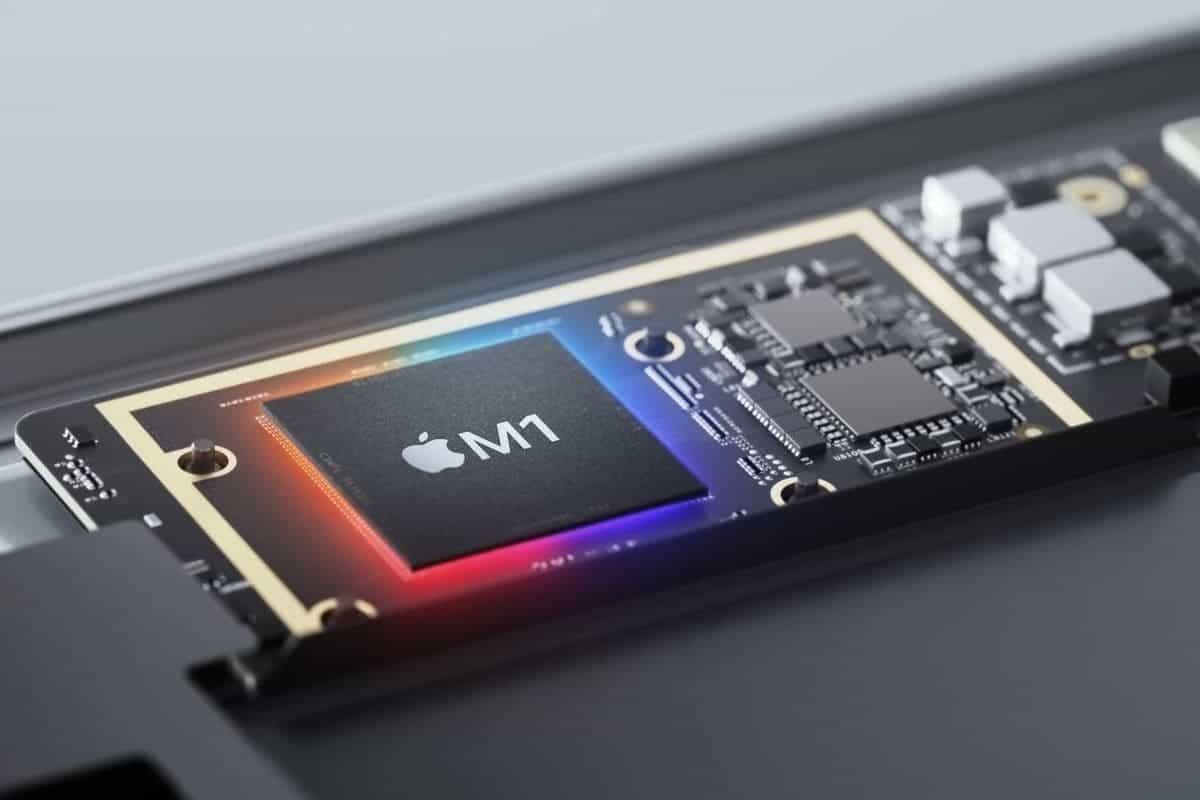

Even though the UTM software is utilizing Qemu behind the scenes and it might be possible to emulate the aarch64 processor on an x86_64 PC as well, I haven’t tested this setup (yet) and would expect a much slower experience of the virtual machine.īeside the hardware you should have a decent macOS operating system installed, and have downloaded and installed the UTM virtualizer. This guide assumes that you are using an Apple Silicon based Mac - so either M1, M1 Pro, M1 Max or M2, which is having the same CPU architecture as the Manjaro ARM images ( aarch64). This is how it all turned out… Requirements Nevertheless I also was eager to check out if and how I may be able to run my beloved Manjaro ARM Sway system on the device with the help of a virtual machine manager such as UTM. Compile times in Rust have reduced dramatically on that machine and it is really fun to have this huge power available in such a mobile form factor… As more complex Rust projects tend to consume a lot of compile time (even for debug builds), and I was on the turn to get a new laptop from my company anyway, I voted for a 14“ M1Pro MacBook Pro. Working from the specs to a PoC and then having the first users on the system was really challenging and time consuming, but on the other hand a lot of fun… and I’ve learned a lot also in regards to developing, distributing and running complex software on embedded devices.Īs part of this I recently rewrote part of the on-device software in Rust. Over the last 2 years I was heavily involved in a novel product from my employer. Let me give you a short background first though, just to set the context right…

After some time of silence on my blog I want to share with you some cool stuff I was figuring out the last weeks and months.


 0 kommentar(er)
0 kommentar(er)
